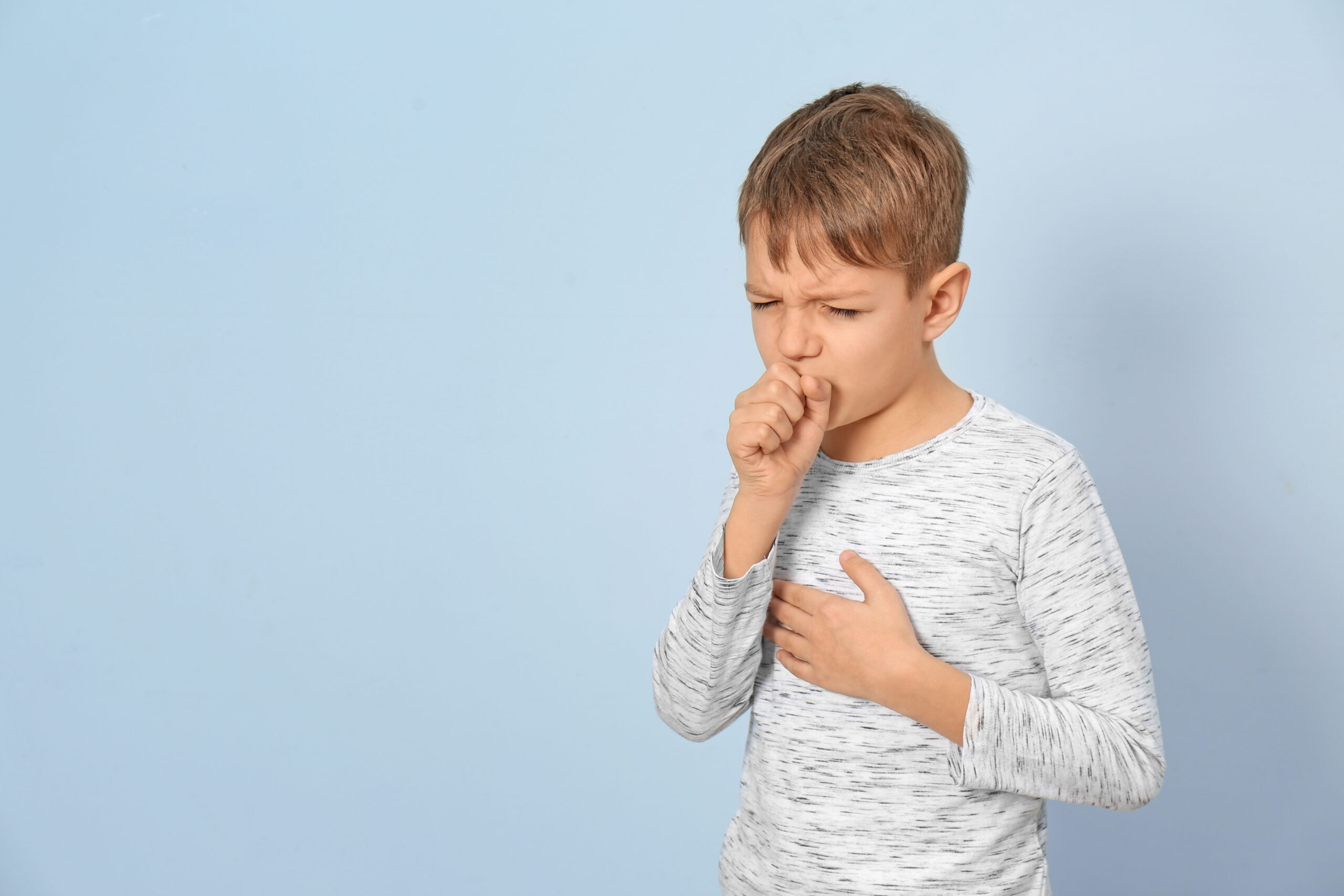What Is Anaphylaxis and How Is Treated
This post may contain affiliate links. Read our disclosure policy.
The content provided on FoodAllergiesLiving.com is for educational purposes only. The information supplied on this website is not intended to diagnose, treat, cure, or prevent any disease, nor is it intended to replace the advice of a physician.
Exposure to a known allergen can cause anaphylaxis – a dangerous and possibly life-threatening reaction. The best thing you can do is to be educated and prepared in case of an emergency. This is what I have learned about anaphylaxis after ten years of living with food allergies.

People with allergies often develop mild to moderate symptoms in response to exposure to their allergen. But in some cases, exposure to a known allergen can cause anaphylaxis – a dangerous and possibly life-threatening reaction.
What Is Anaphylaxis?
Anaphylaxis is a severe and potentially life-threatening reaction to an allergen. A person’s reaction may be immediate, or it may take a few hours to reach a critical condition, but if you see something wrong, it’s essential to act quickly.
Anaphylaxis triggers the body’s immune system to suddenly release an overabundance of chemicals that can cause someone to go into shock. Blood pressure will drop, and airways will be constricted, which can block breathing.
Anaphylaxis must be treated immediately by an injection of epinephrine and a follow-up visit to the emergency room. If not treated immediately, it can be fatal.
If you notice someone having shortness of breath, trouble breathing, a hoarse voice, or a drop in blood pressure, immediately apply the injection of epinephrine and call 911.
Signs And Symptoms Of Anaphylaxis
A severe allergic reaction called anaphylaxis can cause life-threatening signs and symptoms, including:
- Tightening of the throat, hoarse voice, and/or difficulty swallowing, repetitive cough.
- Dizziness, feeling faint, sudden sleepiness, tiredness, confusion, pale or clammy skin, loss of consciousness, weak pulse, rapid pulse.
- Sudden onset wheezing, breathing difficulty, noisy breathing.
- Many hives, widespread redness.
- Repetitive vomiting and/or severe diarrhea.
- Anxiety and/or confusion.
Anaphylaxis may occur without skin symptoms. Always consider anaphylaxis in someone who has a known allergy and has sudden breathing difficulty.
Any of these symptoms require immediate medical attention. The only effective way to treat a severe allergic reaction is with epinephrine, which should be injected within minutes of the onset of symptoms. If symptoms do not improve, a second dose of epinephrine can be given after 5 minutes after the last dose, which is why you always have to carry a set of 2 auto-injectors.
Check out my post about how to assemble a food allergy emergency kit.
Common Causes
Anaphylaxis occurs when the antibodies in your body’s immune system overreact to something seemingly harmless, like food. The most common trigger of anaphylaxis for children is food, while in adults, it’s medication.
Common Food Triggers are:
Common Medication Triggers are:
- Penicillin
- Muscle relaxants
- Aspirin or Ibuprofen
- Anti-seizure medication
Other Triggers Include:
- Pollen
- Bites and stings from bees or wasps
- Latex
Treating Anaphylaxis
The only way to treat an anaphylactic reaction is with the use of an epinephrine injector, which is available by prescription. If you have allergies, you should always carry it with you, and in the event of an emergency, it must be used immediately.
TIP: Ask your doctor or the manufacturer of the epinephrine for free trainer devices, so you can practice using the auto-injector. Also, I always ask my daughter to practice with expired auto-injectors on an orange. It’s important that she know how to use them herself.
How Does Epinephrine Work?
Epinephrine constricts blood vessels to increase blood pressure, relaxes smooth muscles in the lungs to reduce wheezing and improve breathing, stimulates the heart (increases heart rate), and works to reduce hives and the swelling that may occur around the face and lips.
Where’s The Best Place To Keep Epinephrine Injector
Epinephrine is light and temperature sensitive, so it should be stored at 68-77 °F (20-25 °C) in the carrier tube provided to protect it from light. The carrier tube is not waterproof. Do not expose to extreme cold or heat. For example, do not store in your vehicle’s glove box and do not store in the refrigerator or freezer.
Epinephrine Injector Doses
Epinephrine injector contains a single. For people weighing 66 pounds or more, the dose is usually 0.3 mg of epinephrine. For children weighing 33 to 66 pounds, the dose usually is 0.15 mg of epinephrine. You should talk carefully with your doctor to determine the appropriate dose of epinephrine for you or your child.
What To Do in An Emergency
Act fast if you or someone with you has an allergic reaction and is showing signs of anaphylaxis. Look for any of the symptoms mentioned above, pale, cold, and clammy skin; a weak, rapid pulse; trouble breathing; confusion; loss of consciousness, etc. Do the following immediately:
- Ensure you, or the person with the reaction is lying down and elevate the legs to help blood flow back to your heart and vital organs. Avoid any sudden change in posture. This could lower the blood pressure drastically, causing the heart to stop.
- Use an epinephrine autoinjector, if available, by pressing it into the person’s thigh. It can be given through clothes if necessary, avoiding bulky pockets or seams. Don’t wait to see how bad it is, or whether it will worsen. If in doubt, it is always best to use the epinephrine autoinjector.
- Make a note of the time you used the epinephrine autoinjector.
- Call 911 or emergency medical help. Ask for an ambulance and say this is an emergency case of anaphylaxis.
- Check the person’s pulse and breathing and, if necessary, administer CPR or other first-aid measures.
- Use the second epinephrine autoinjector after five minutes if you get worse or there’s been no improvement.
How to Use an EpiPen
This video might be super helpful! It can save your, or your loved one’s life!
How To Prevent Anaphylaxis
- Know what triggers you. If you’ve had an anaphylactic reaction in the past, it’s important to find out what caused it. An allergist can go over your medical history and conduct tests to find out if necessary.
- Avoidance. Once you pinpoint the cause of your anaphylactic reaction, avoiding your trigger is the best and only way to prevent another one in the future.
- Always read labels. Check out my Tips to Read a Label When You Have Food Allergies
Steps You Can Take to be Prepare
- Educate Yourself. Learn everything you can about anaphylaxis, its symptoms, and its signs.
- Keep your epinephrine injectors up to date. Also, keep in consideration that Epinephrine is light-sensitive and should be stored in the carrier tube provided to protect it from light. The carrier tube is not waterproof. Do not expose to extreme cold or heat. For example, do not store in your vehicle’s glove box and do not store in the refrigerator or freezer.
- Inform and educate your circle. Friends and family should be informed of your allergies and what signs and symptoms to look for in case of anaphylaxis. They should also know where to find and how to use your epinephrine injector. Teachers and other caregivers should also be told if a child is at risk of anaphylaxis and how to care for them in the event of an emergency.
- Wear ID. Wearing a Medical ID bracelet is a great way to help prevent a fatal accident in the event that you’re out alone and have a reaction. This is the one my daughter wore when she was younger.
After reading this post, I hope you feel more prepared in case of an anaphylaxis reaction. I know it can be a very scary and traumatizing thing to experience. I suggest talking to your doctor or allergist and creating an emergency plan to follow in the event of a severe anaphylactic reaction.







